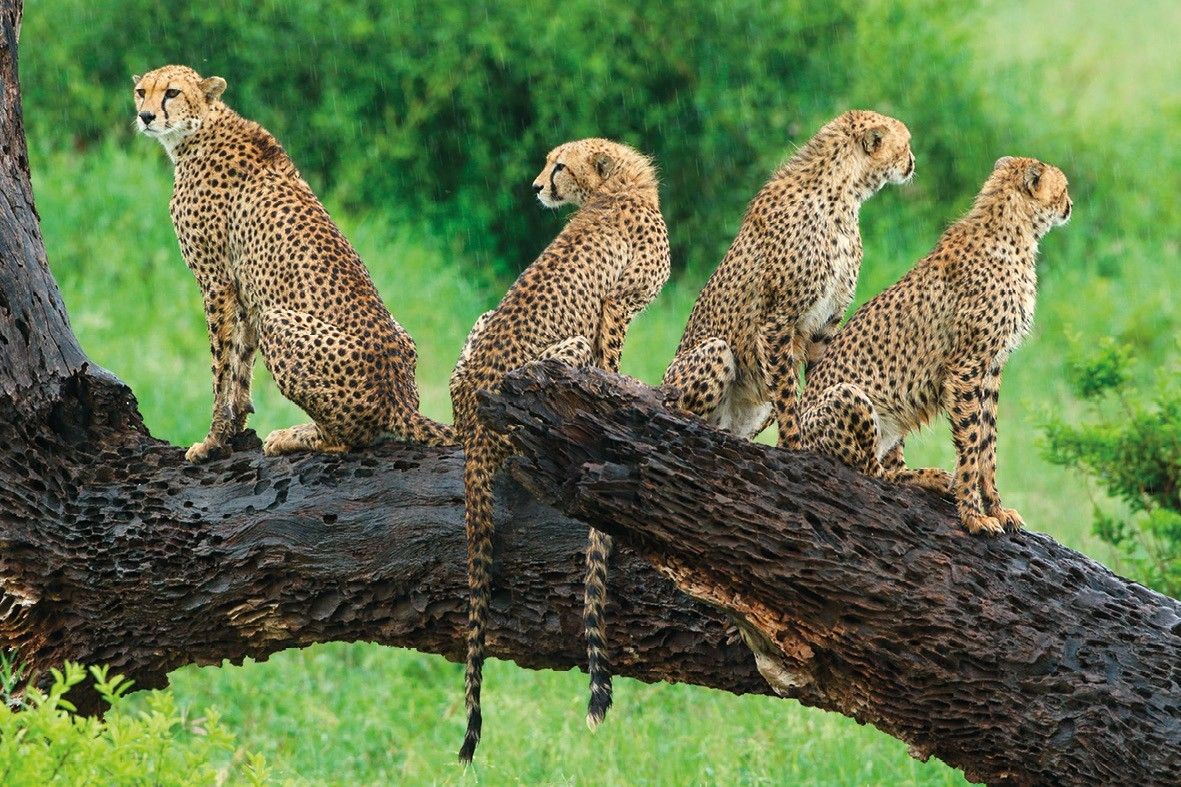Publishing an Open Access Textbook on Environmental Sciences: Conservation Biology in Sub-Saharan Africa
By Richard B. Primack and John W. Wilson.

For the past six years we have been working to produce the first conservation biology textbook dedicated entirely to an African audience. The need for this work has never been more pressing. Africa has some of the world’s fastest growing human populations. This growth, together with a much-needed push for economic development, exerts unsustainable pressure on the region’s rich and unique biological treasures. Consequently, Africa is rapidly losing its natural heritage; without action, there is a real chance that the world’s children may never have the opportunity to see gorillas, rhinoceros, or elephants in the wild.
To address this alarming loss of Africa’s natural heritage, there is an urgent need to produce the next cohort of well-trained conservation, wildlife, and environmental leaders, able to confront challenges head-on. To facilitate this capacity building, we aimed to write a comprehensive textbook, designed for conservation biology courses across Sub-Saharan Africa, and as a supplemental text for related courses in ecology, environmental sciences, and wildlife management. Our aim was to strike a balance between theory, empirical data, and practical guidelines to make the book a valuable resource not only for students, but also for conservation professionals working in the region.

But we faced a major challenge: how can we effectively reach our target audience, even in the most isolated corners of Sub-Saharan Africa? Print publishers would be unable to produce and distribute this type of book across dozens of African countries. At 694 pages and with hundreds of color photos, most African students would also not be able to buy such a substantial book, so the project would neither be profitable nor feasible for a print publisher. For this reason, we concluded that the textbook would reach the widest audience and have the greatest impact if it was produced under an Open Access license, which guarantees free distribution rights to anyone who may benefit from the work.
The textbook, eventually published under a Creative Commons (CC BY) license by Open Book Publishers, was a resounding success. As evidence of how much the work was needed, the book was viewed nearly 7,000 times within six months of publication. There is no question: this remarkable reach, and the impact this book is having in making conservation training more accessible, could only have been achieved through Open Access publishing.
Conservation Biology in Sub-Saharan Africa is an Open Access textbook. Click here to read and download this title for free. You can also follow @ConsBioAfrica or join the textbook discussion forum here.



